Letters to Loretta: A series into the power of humanity to persevere during war
- By Kaitlin Oster
Share This Article
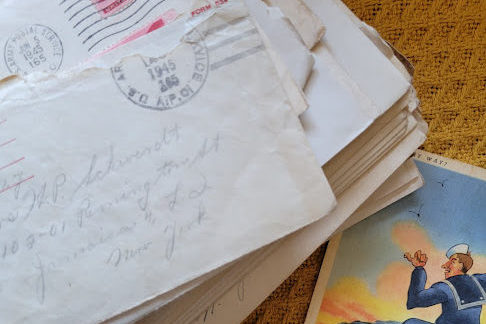
Editor’s Note: Sandboxx News presents a World War II series by Kaitlin Oster on the power of hope, letters, and love in seeing us through the terrors and agony of war. You can read the other installments here and listen to Kaitlin’s radio interview about the series here, or visit her website here.
The double-edged sword of modern media has given us, as a society, a front-row seat to witness the tragedies of war. Yet, at the same time, it has also desensitized us to war’s atrocities.
Modern media overwhelms us with information: Who started the war? What is it about? Will it really affect me anyway? There are so many people in the world that we seem to overlook the hardest truth of all: war implicates and costs human life. This rings true through the annals of warfare. War is hell, and it always involves humanity.
I didn’t truly understand war as a child when I watched us invade a country after I saw someone jump to their death on live television from the World Trade Center before it crumpled to the ground and left a scar on the island of Manhattan that the current museum couldn’t ever really cover.
I learned years later that my grandfather, Harold Schwerdt, a decorated World War II veteran and Purple Heart recipient, a survivor of two years as a captive in Stalag XVII-B prison camp, helped build the World Trade Center.
Paper, pencil, and hope
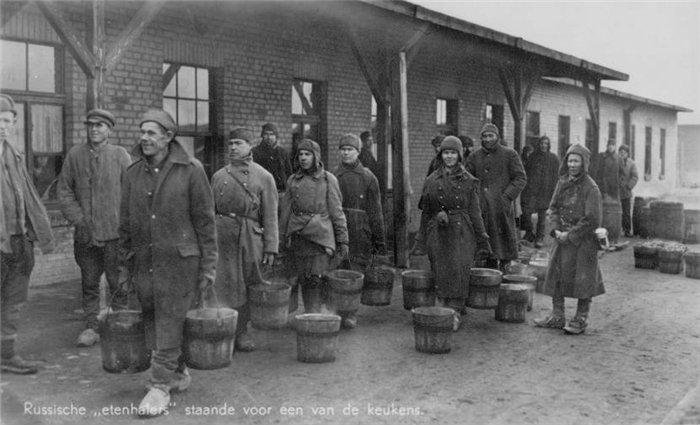
Harold returned home from the war to his wife, Loretta, someone he was married to for only three days before a letter called him away to war. A wordsmith of sorts, a man whose only salvation was to send love letters to his wife, his gal, “Doll” as he referred to her dozens upon dozens of times.
“The noon day sun that melts the snow brings thoughts of you, and how easily my heart would melt if your rays could reach me.” – December 10, 1943.
It wasn’t until her death on Christmas Eve morning in 2007 that I saw these letters, seven years after I saw reports of war for the first time. My grandfather couldn’t bear to look at them, he told my mother, as he handed over an old envelope box stuffed to the gills with paper. She handed them to me because I liked to organize things. I spent the next month poring over each sheet and envelope, cataloging them by the postmark dates, and eventually reading them all.
From 1936 to 1945, my grandparents exchanged hundreds of letters, and while just around a hundred survived, they told me the story better than I could have heard from either of them. It was a story of love, fear, grief, passion, and hope.
Day after day, week after week, Harold sat in the makeshift library of Stalag XVII-B and scrawled in pencil to his girl back home, to ease her worries, to continue to woo her, all while he endured the unimaginable abuse, malnutrition, and hopelessness that came with a place as notorious as that Austrian camp. She was the promise of morning after his experience facing the inevitable night. She was the garden of roses that still grew unattended around an empty home.
Related: 5 Tips For Sending Letters to Basic Training
One of the greatest saviors
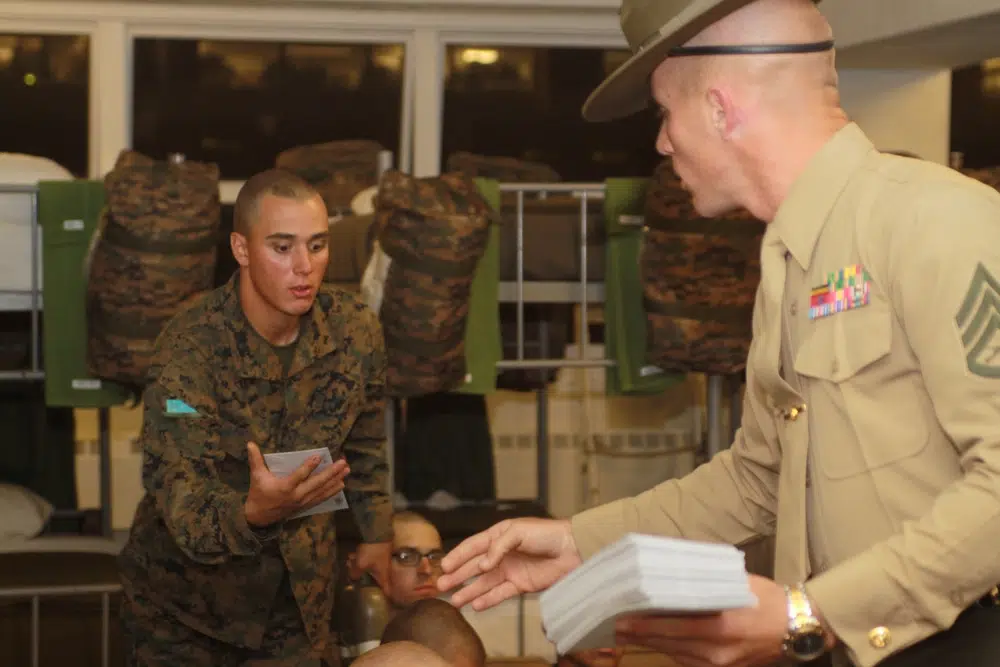
Throughout the entirety of World War II, Loretta became a hub of written interception, receiving and sending letters to Harold’s twin brother who was stationed in the Pacific, and accepting correspondence from wives and husbands, brothers and mothers – anything that could be done just to know their loved ones were alive.
After reading (and re-reading) all of these letters, I realized I wasn’t reading history. Rather, I was transported back in time and standing in the kitchen, sitting bedside, shedding silent, pleading tears, and imagining a time when I wouldn’t have known if the present letter from Harold was the last, but sending a letter back regardless.
That box of pages gave me a new perspective on humanity that becomes twisted up in war. It showed me the importance of correspondence. It also showed me hope and hopelessness, jokes and cheer, and ultimately, the power of love. My name is Kaitlin Oster. I have a BA in English and am a current MFA student with the David Lynch program for screenwriting. In the weeks to follow, I will escort you, dear readers, on a retelling of World War II by way of letters and years of war research, where we will explore harsh truths, and a hard faith that love is one of the greatest saviors in our world, tried and true. This is the Letters to Loretta Series.
Read more from Sandboxx News
- Kerch Bridge is key in retaking Crimea, but can Ukraine take it out?
- Sandboxx’s Alex Hollings nominated for 5 Defence Media Awards
- The Soviet version of Operation Paperclip was way bigger (but less successful)
- What exactly is MARSOC, the Marines’ elite special operations component?
- The SOCP Fixed Blade’s great features and design make it a winner
Related Posts
Sandboxx News Merch
-

‘AirPower’ Classic Hoodie
$46.00 – $48.00 Select options This product has multiple variants. The options may be chosen on the product page -

‘Kinetic Diplomacy’ Bumper Sticker (Black)
$8.00 Add to cart -

‘Sandboxx News’ Trucker Cap
$27.00 Select options This product has multiple variants. The options may be chosen on the product page
Kaitlin Oster
Related to: Military History

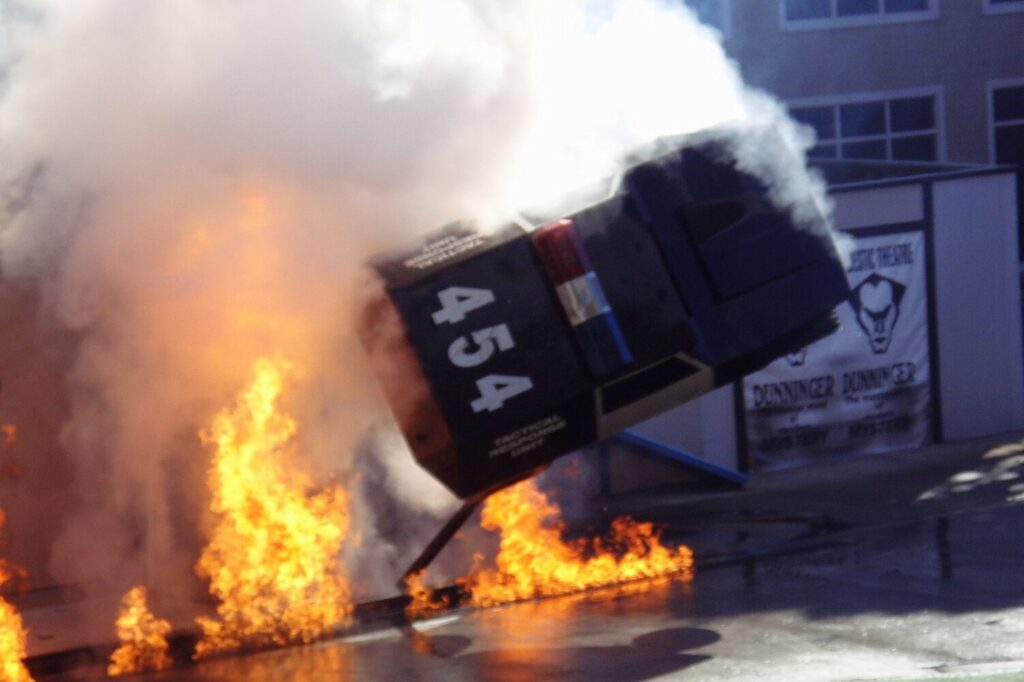
Explosive confidence drills against a moving car

A stealth bomber for the toughest missions: The B-2 Spirit
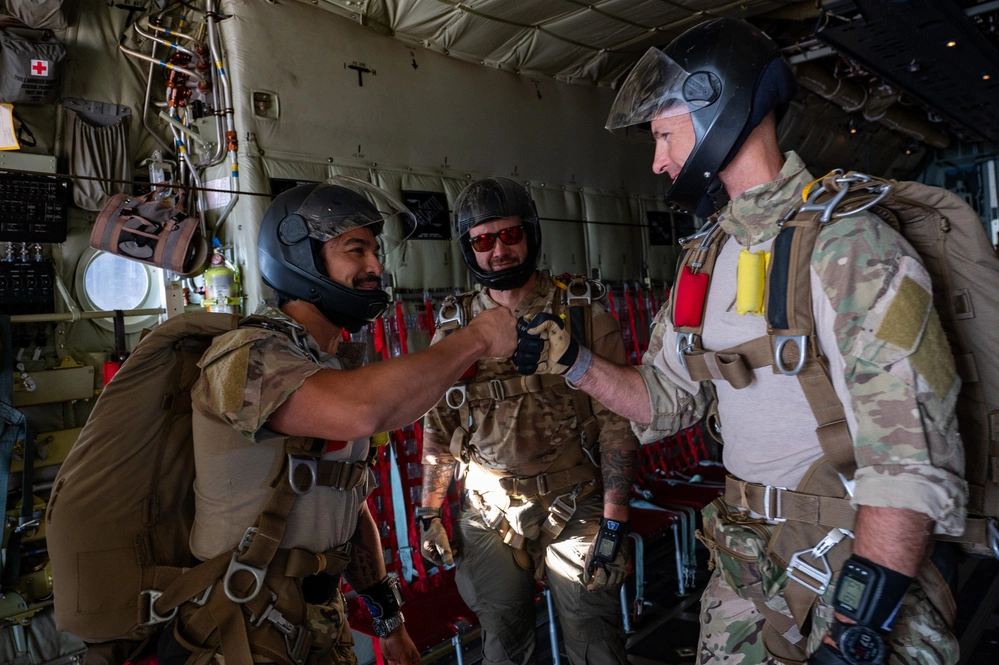
Air Force Special Operations Command celebrates 35 years of heroism and service
Sandboxx News
-

‘Sandboxx News’ Trucker Cap
$27.00 Select options This product has multiple variants. The options may be chosen on the product page -

‘AirPower’ Classic Hoodie
$46.00 – $48.00 Select options This product has multiple variants. The options may be chosen on the product page -

‘AirPower’ Golf Rope Hat
$31.00 Select options This product has multiple variants. The options may be chosen on the product page -

‘Sandboxx News’ Dad Hat
$27.00 Select options This product has multiple variants. The options may be chosen on the product page
